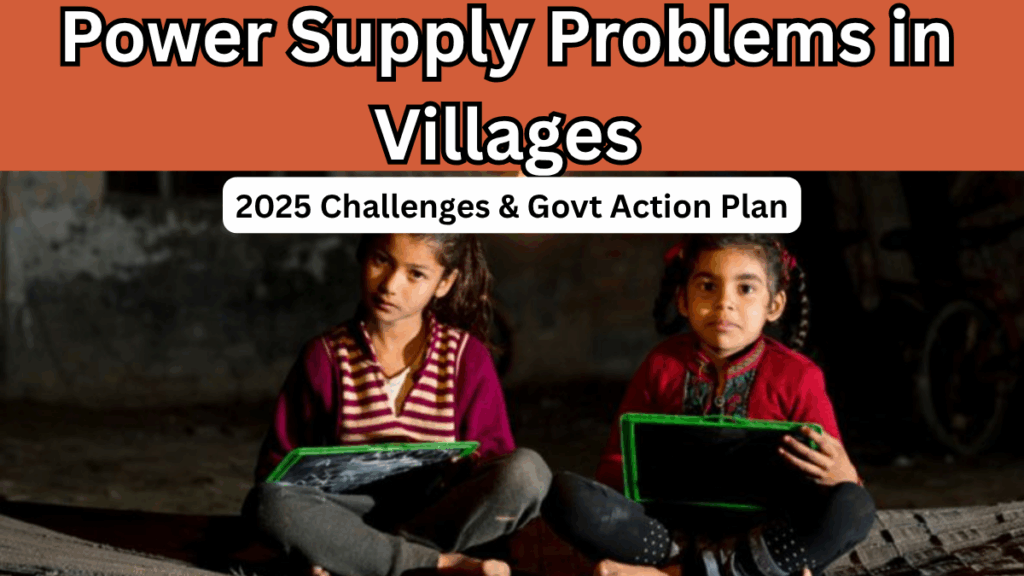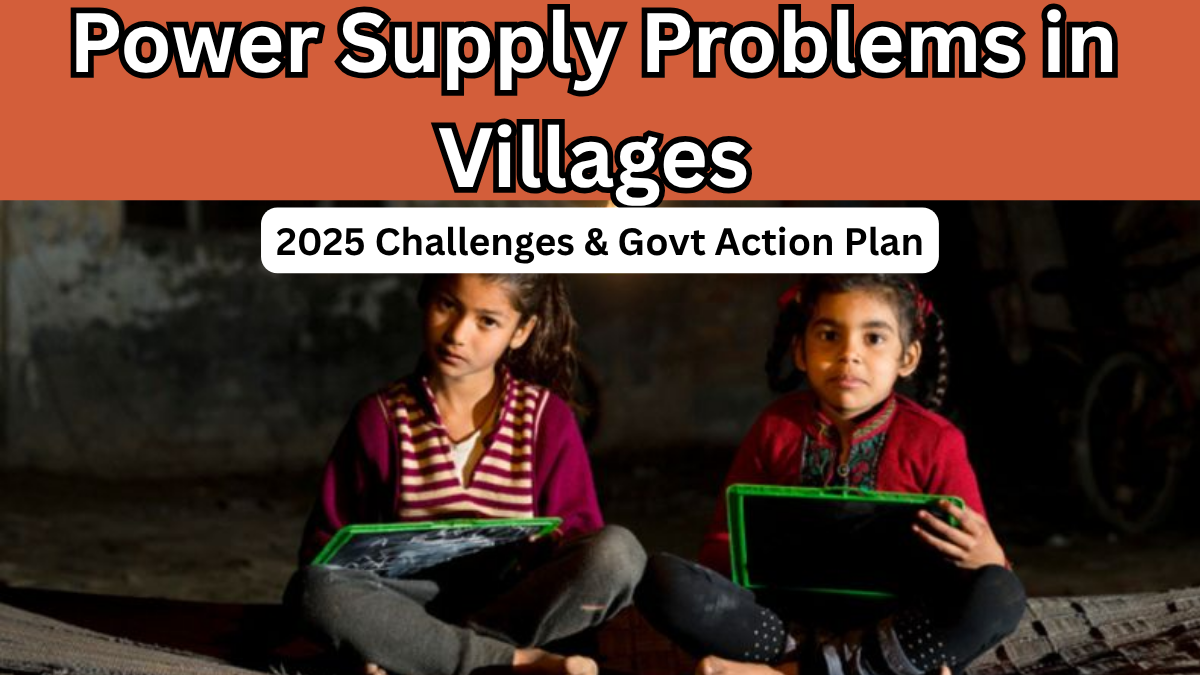India’s rural landscape is witnessing a silent yet powerful revolution – the rise of solar power in villages. From lighting up homes to powering irrigation pumps and small businesses, renewable energy for rural areas is transforming lives while reducing dependency on unreliable grid electricity.
Let’s explore how solar power is reshaping rural India in 2025, its costs, key benefits, and the trends driving this transformation.

Why Solar Power in Villages is a Game-Changer
For decades, rural communities relied on kerosene lamps and expensive diesel generators. But now, solar energy systems are becoming affordable and practical. The reasons are clear:
-
Reliable electricity – Even in off-grid villages
-
Lower costs – No recurring fuel expenses like diesel
-
Eco-friendly – Reduces carbon footprint
-
Empowerment – Supports small-scale businesses and education
Cost of Solar Power in Indian Villages (2025)
The cost of installing solar systems in rural areas has dropped significantly due to government subsidies and increased production of solar panels.
| Type of Solar System | Average Cost (2025) | Usage |
|---|---|---|
| Small Home Lighting System | ₹15,000 – ₹25,000 | 2–3 LED lights, phone charging |
| Solar Water Pumps (1–3 HP) | ₹1.5 lakh – ₹3 lakh | Irrigation & farming |
| Community Mini-Grid | ₹10 lakh – ₹20 lakh | Powering multiple homes & shops |
Good to know: Central and state governments provide 30%–70% subsidies for installing solar projects in rural areas.
Benefits of Solar Power in Rural Areas
The adoption of renewable energy for rural areas is not just about lighting homes – it’s about changing lives.
-
Improved Quality of Life: Children can study at night, women can engage in home-based businesses.
-
Boost to Agriculture: Solar pumps reduce dependency on erratic grid supply and costly diesel.
-
Economic Empowerment: Villagers save on fuel costs and use extra power for small enterprises.
-
Health & Environment: Cleaner air due to reduced kerosene and diesel use.
Solar Power Trends in Rural India (2025)
The year 2025 marks a new phase in rural electrification. Key trends include:
-
Community Solar Grids: Shared solar power systems serving multiple households.
-
Solar-Powered Micro-Enterprises: Rural workshops, flour mills, and cold storage running on solar.
-
Smart Financing Models: Pay-as-you-go solar systems making it easier for villagers to afford installations.
-
Integration with Agriculture: Solar-powered irrigation pumps becoming a standard for farmers.
Success Stories
In states like Rajasthan, Bihar, and Uttar Pradesh, community-driven solar projects are powering entire villages. Farmers in Maharashtra are using solar irrigation pumps to cut electricity bills and boost productivity.
FAQs
How affordable is solar power for rural households in 2025?
Thanks to subsidies and financing schemes, basic solar home lighting systems start from ₹15,000, making them accessible to most rural families.
Can solar panels work during monsoon or cloudy days?
Yes. While efficiency drops slightly, modern solar panels can still generate enough power to meet essential needs.
Are there government schemes to support solar projects in villages?
Absolutely. Programs like PM-KUSUM and state-level initiatives offer subsidies up to 70% for solar installations.
How does solar power help rural businesses?
It enables small shops, workshops, and even food-processing units to run cost-effectively without depending on erratic grid supply.
Click here to learn more
